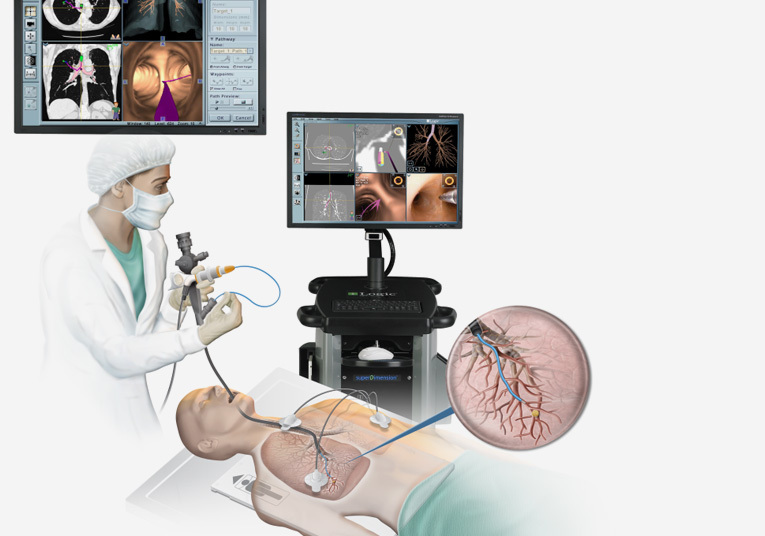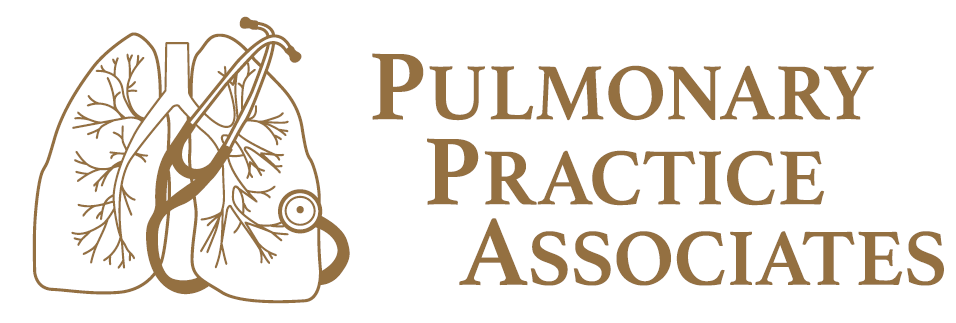Navigational Bronchoscopy

Initially defined in 1995 and subsequently described in European Respiratory Society (ERS) and American Thoracic Society (ATS) guidelines, interventional pulmonology is “the art and science of medicine as related to the performance of diagnostic and invasive therapeutic procedures that require additional training and expertise beyond that required in a standard pulmonary medicine training program.” Clinical entities encompassed within the discipline include complex airway management, benign and malignant central airway obstruction, pleural diseases, and pulmonary vascular procedures.
Diagnostic and therapeutic procedures pertaining to these areas include rigid bronchoscopy, transbronchial needle aspiration, autofluorescence bronchoscopy, endobronchial ultrasound, transthoracic needle aspiration and biopsy, laser bronchoscopy, endobronchial electrosurgery, argon-plasma coagulation, cryotherapy, airway stent insertion, balloon bronchoplasty and dilatation techniques, endobronchial radiation (brachytherapy), photodynamic therapy, percutaneous dilatational tracheotomy, transtracheal oxygen catheter insertion, medical thoracoscopy, and image-guided thoracic interventions. This presentation focuses on electromagnetic navigational bronchoscopy (ENB).
Navigational bronchoscopy provides a virtual three-dimensional map of the lung, enabling the physician to perform an anatomically precise biopsy, place markers for radiation therapy, and/or facilitate surgical removal of a small peripheral lung lesion or thermal ablative techniques for peripheral lung lesions. Navigational systems use either electromagnetic or computer assistance to identify air columns in the lung to reach the final precise destination.


